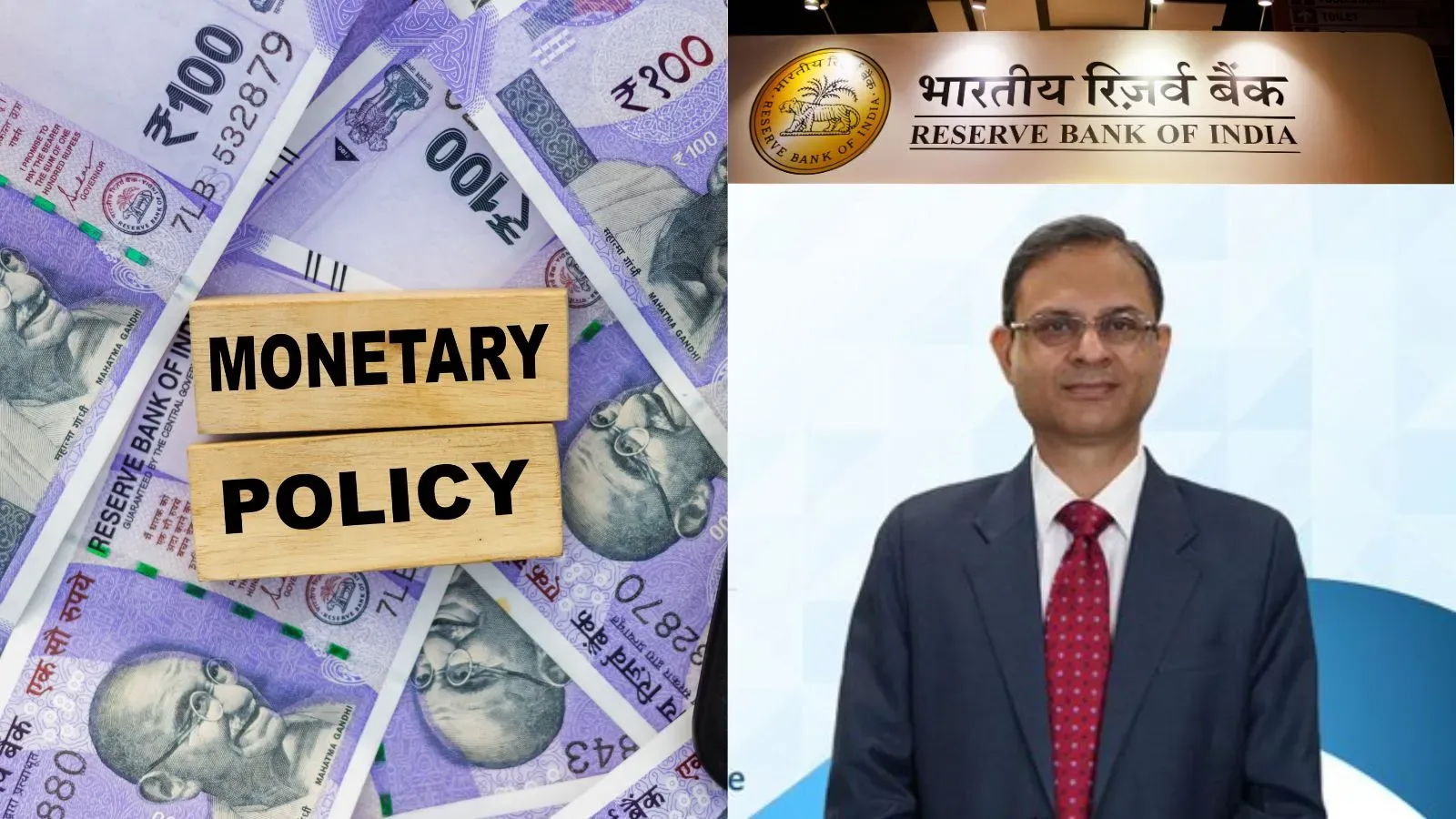Business News
Stock market rally: Strong FII inflows and positive global macros drive Indian equities to record high
.png)
5 min read | Updated on September 30, 2024, 07:59 IST
SUMMARY
Indian stock market scaled to a record high as the U.S. Fed’s 50 basis rate cut triggered key positives including strong FIIs inflow. The global macro cues remain positive with concern of a U.S. economic slowdown receding. All eyes are on RBI’s policy stance and Indian corporates' earnings outlook.

FII's have added nearly ₹25,000 crore in the month of September, which is also highest monthly buying in 2024.
The Indian stock market reached an all-time high, driven by the U.S. Federal Reserve's 50 basis point rate cut. This was further improved by China announcing a stimulus package, the most aggressive one since the pandemic outbreak, which fuelled a rally in the key metal stocks like Tata Steel, Vedanta, JSW Steel.
Historically, rate cuts in the U.S. have had a positive impact on emerging markets leading inflow of capital. India being a favoured bet among global investors, the rate cut led to over ₹9,316 crore FII infusion since the Fed announcement on September 18.
After this record-high market rally, all eyes would be set on RBI’s action in its upcoming Monetary Policy Committee meeting and Indian corporates’ earnings outlook.
Sector-specific momentum is likely to continue as rate cuts improve borrowing costs and economic growth prospects in India supported by strong domestic fundamentals.
Driving factors
Fed and China rate cut optimism
The U.S. Fed’s super-sized rate cut of 50 basis points sparked optimism among investors and triggered a positive sentiment across global markets.
Meanwhile, China's central bank announced measures to revive its economy by cutting reserve requirements and lowering key interest rates. These rate cut actions across the globe would push RBI to ease the interest rate in India which would lower the cost of borrowing and support economic growth.
FIIs Buying
Foreign Institutional Investors (FIIs) recorded their highest single-day inflow in the last three years, with ₹14,064 crore on September 20. This highlights the renewed buying interest from FIIs following the recent rate cut, which also shifted focus onto the dollar index. Technically, the dollar index is already in a sequential downtrend, and a decisive breach below the 100 mark could lead to a rapid decline towards 98. Such a drop would boost global liquidity, particularly benefiting emerging markets (EMs) like India.
FII buying post Federal Reserve's rate cut on Sept 18,2024
| Date | FIIs Net Purchase/Sale ( ₹ crore) |
|---|---|
| 9/25/2024 | (-973.94) |
| 9/24/2024 | (-2784.14) |
| 9/23/2024 | 404.42 |
| 9/20/2024 | 14064.05 |
| 9/19/2024 | (-2547.53) |
| 9/18/2024 | 1153.69 |
Positive Global and Domestic Macros
Positive global macros, including strength in the U.S. and Europe and OPEC’s optimistic long-term oil demand forecast, the investors sentiment remained bullish.
S&P Global's flash US composite PMI, which captures activity in both the services and manufacturing sectors, came in at 54.4 for September 2024, the data indicating healthy economic growth, easing fear of a slowdown.
Outlook
RBI rate cut
The RBI’s monetary policy committee (MPC) meeting is scheduled for October 7-9, 2024. Historically, the Fed's actions have influenced monetary policy discourse elsewhere, especially in emerging markets like India.
However, the RBI is determined not to act blindly, and instead prioritising domestic factors - Inflation and growth.
The RBI's FY25 inflation estimate stands at 4.5%, 50 bps higher than the 4% target, indicating limited scope for RBI. However, the retail inflation has eased to a five-year low of 3.65% in August.
Economic growth projections remain conservative yet optimistic. Both the Economic Survey 2023-24 and the latest MPC resolution by the RBI predicted that the growth rate would moderate to 6.5-7.0% and 7.2% in 2024-25, respectively. This will necessitate policymakers adopting expansionary policies to revive economic growth.
At least one rate cut from RBI is expected this year, possibly in October, with the quantum of cut not likely to be as generous as the Fed's recent cut; but in the range of 25 basis points.
Outlook on Earning
The earnings growth in Q1 was not impressive, primarily due to the intense heat wave and general election. However, the remaining fiscal year is expected to be stronger across sectors.
The consumption-driven sectors like FMCG and Auto (Two-wheeler and Tractor segment) are likely to expect growth in earnings on account of good recovery in rural consumption with higher than expected rainfall.
The retail fashion, consumer durables, and related sectors are expected to see growth due to the upcoming festive and wedding season. Additionally, the pharma sector looks promising, as developed markets face significant cost pressures. This environment may allow the sector to scale up its capex and expand by capitalizing on lower borrowing costs following recent rate cuts.
Rate cuts generally boost economic growth by reducing the cost of borrowing, benefiting capex-heavy sectors like infrastructure and manufacturing. However, for the banking sector, while narrowing net interest margins may pose a challenge, treasury gains are likely to offset this impact.
Non-banking financial companies (NBFCs), particularly those in consumer finance and gold-based lending, are expected to benefit from lower rates due to their loan book composition and solid asset quality. The IT sector could also see a recovery in discretionary spending in the upcoming period.
The RBI is expected to continue cautious rate cuts, balancing inflation and growth. Sector-specific earnings growth is likely, with consumption-driven sectors poised to benefit. However, geopolitical risks remain a potential threat to the current bullish momentum, especially given the expensive valuations in equity markets.
By signing up you agree to Upstox’s Terms & Conditions
About The Author
Next Story

